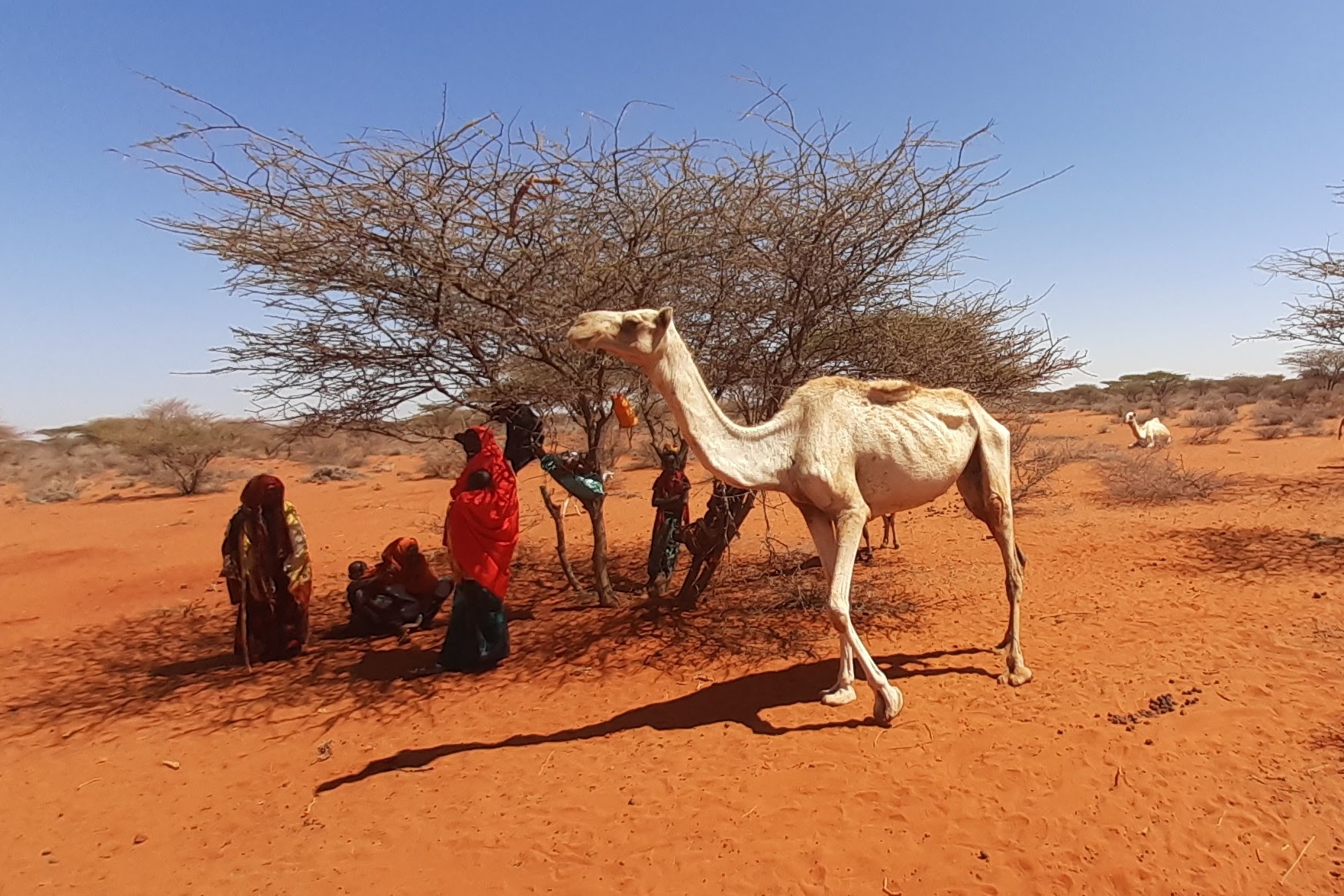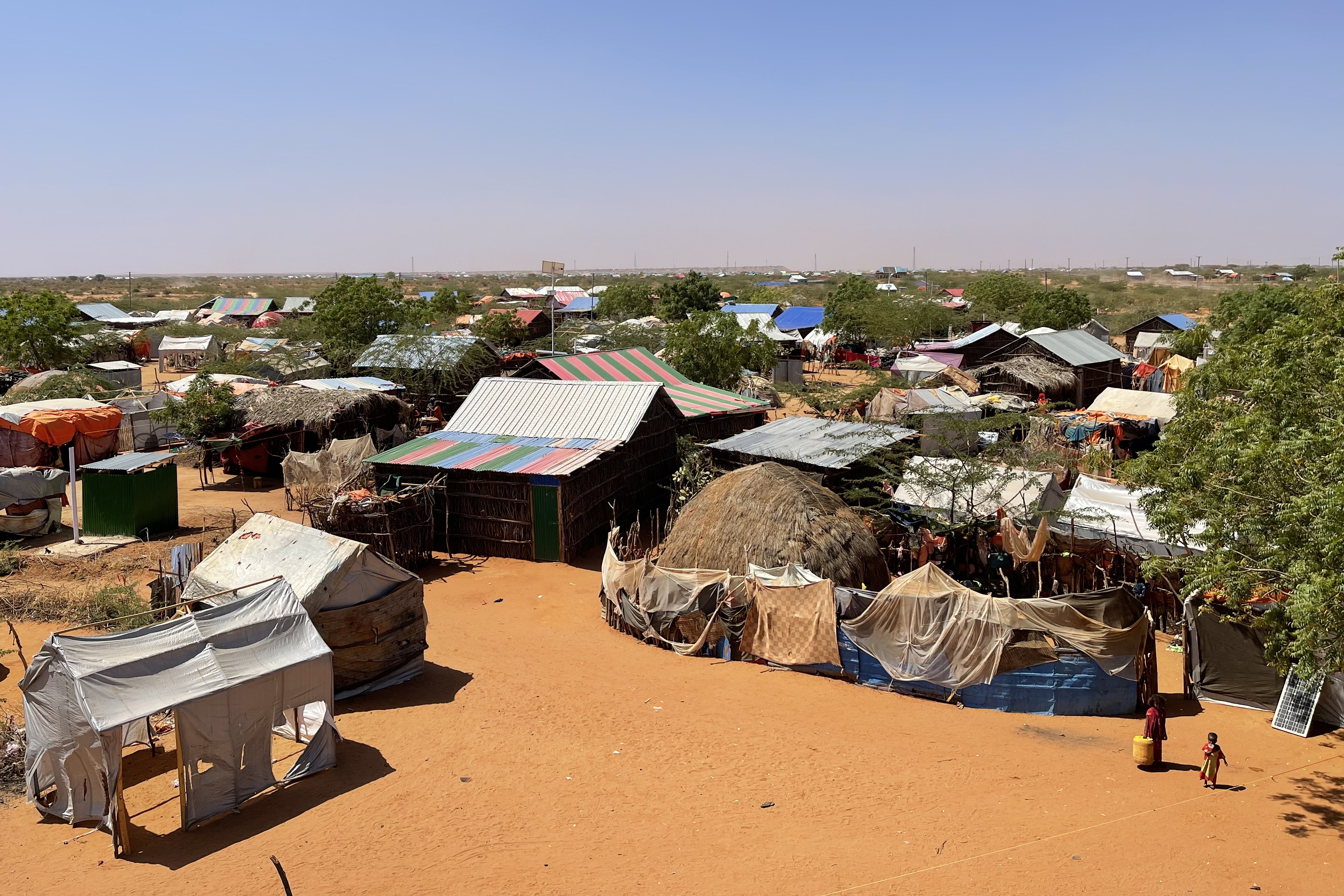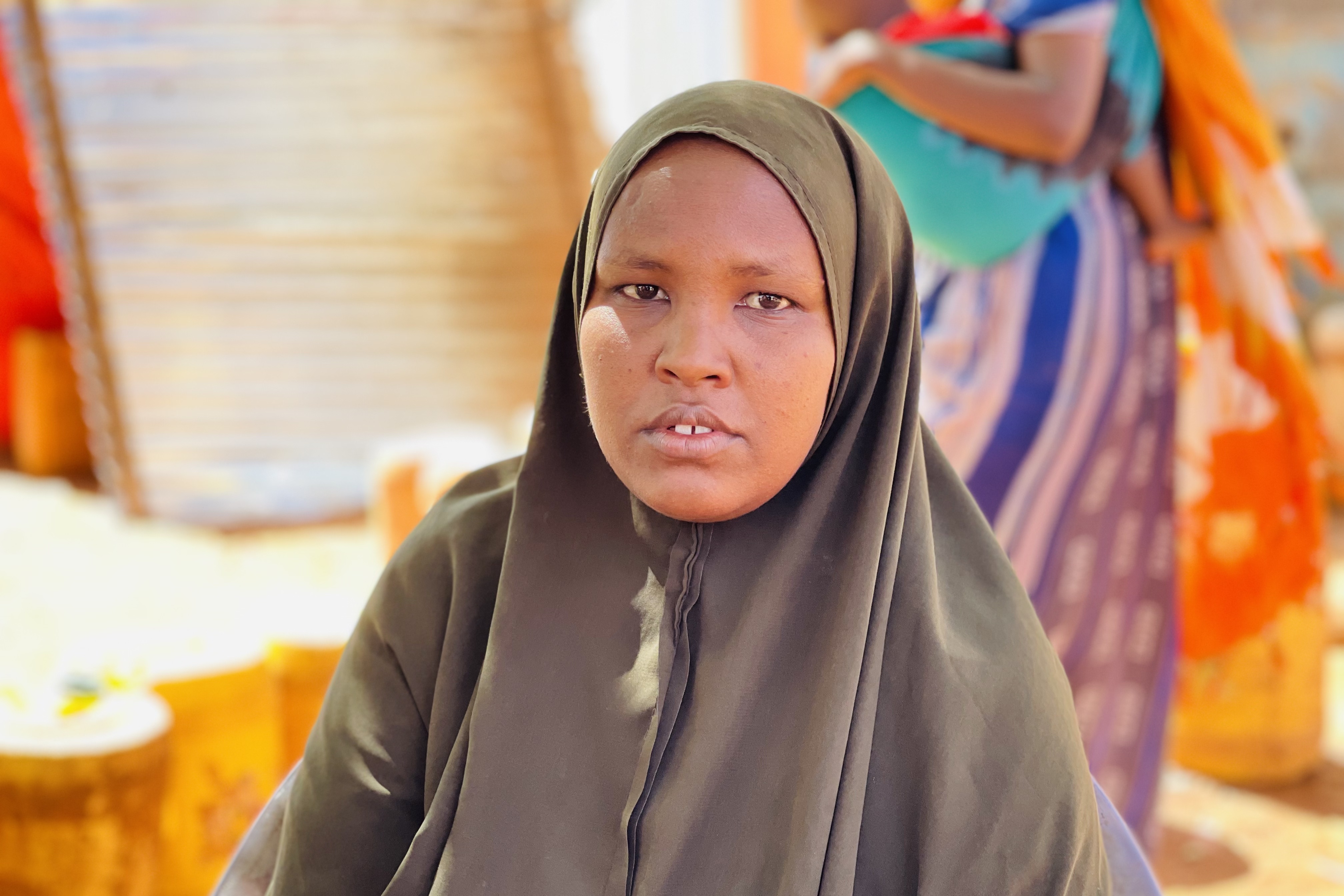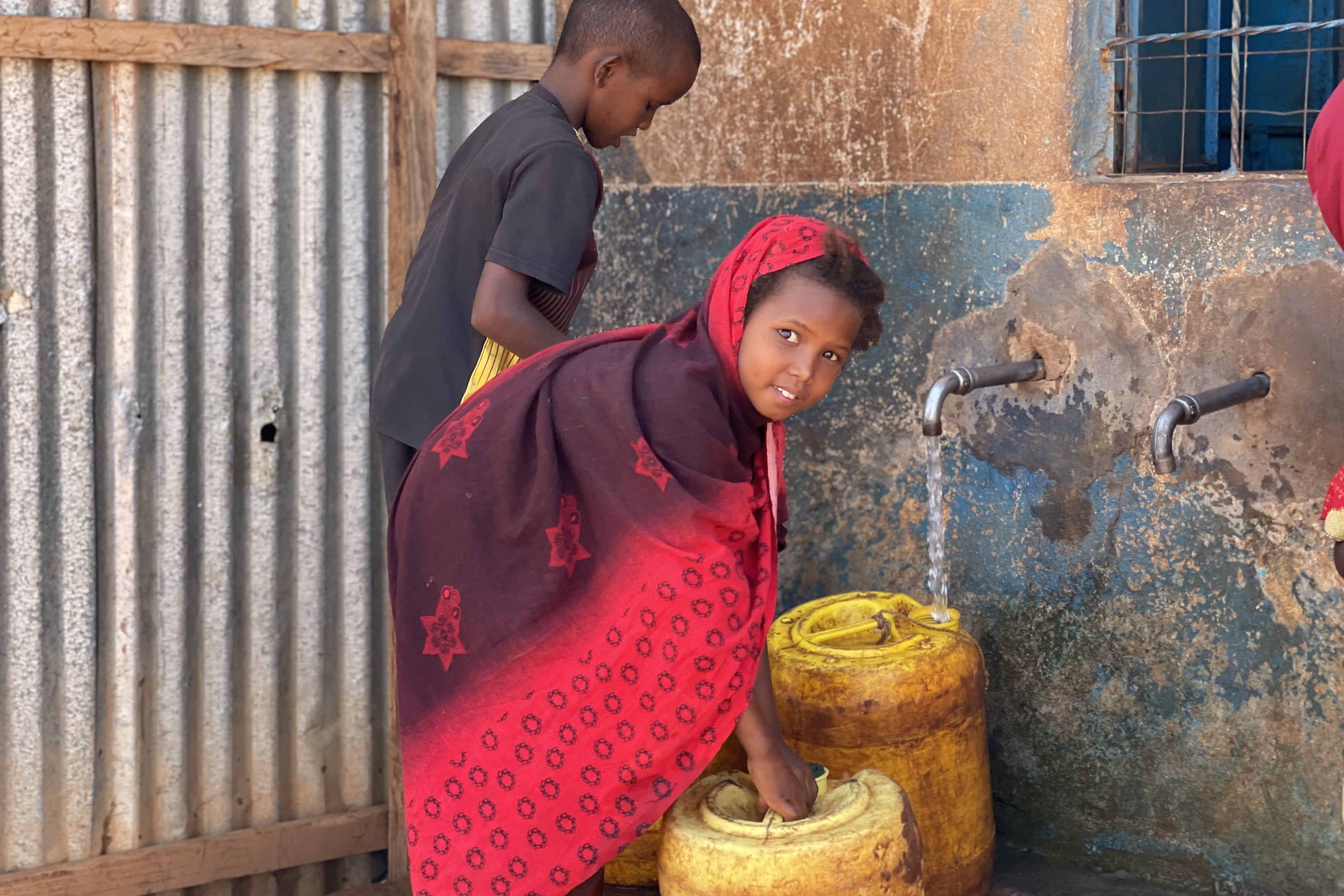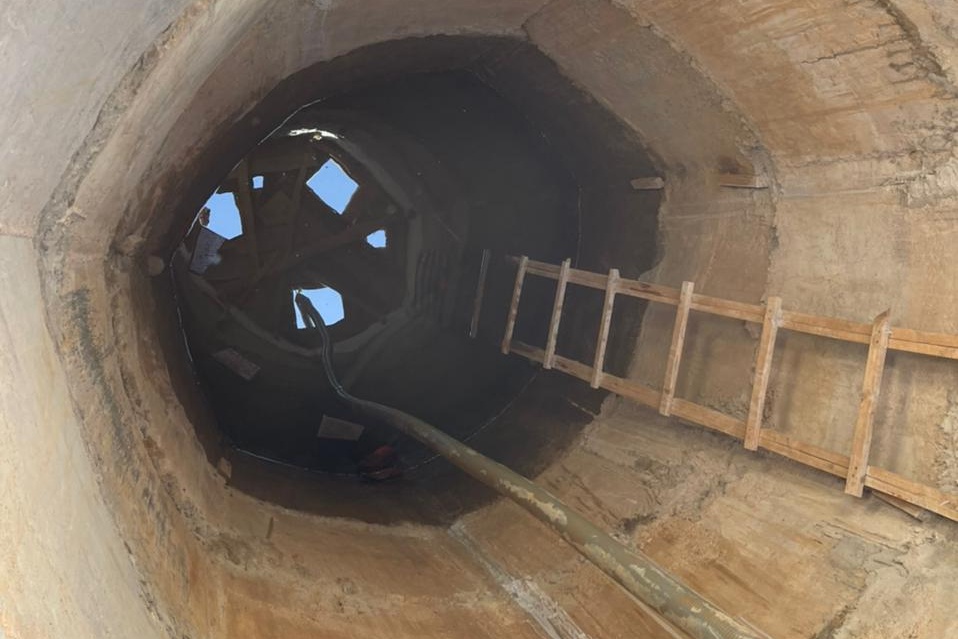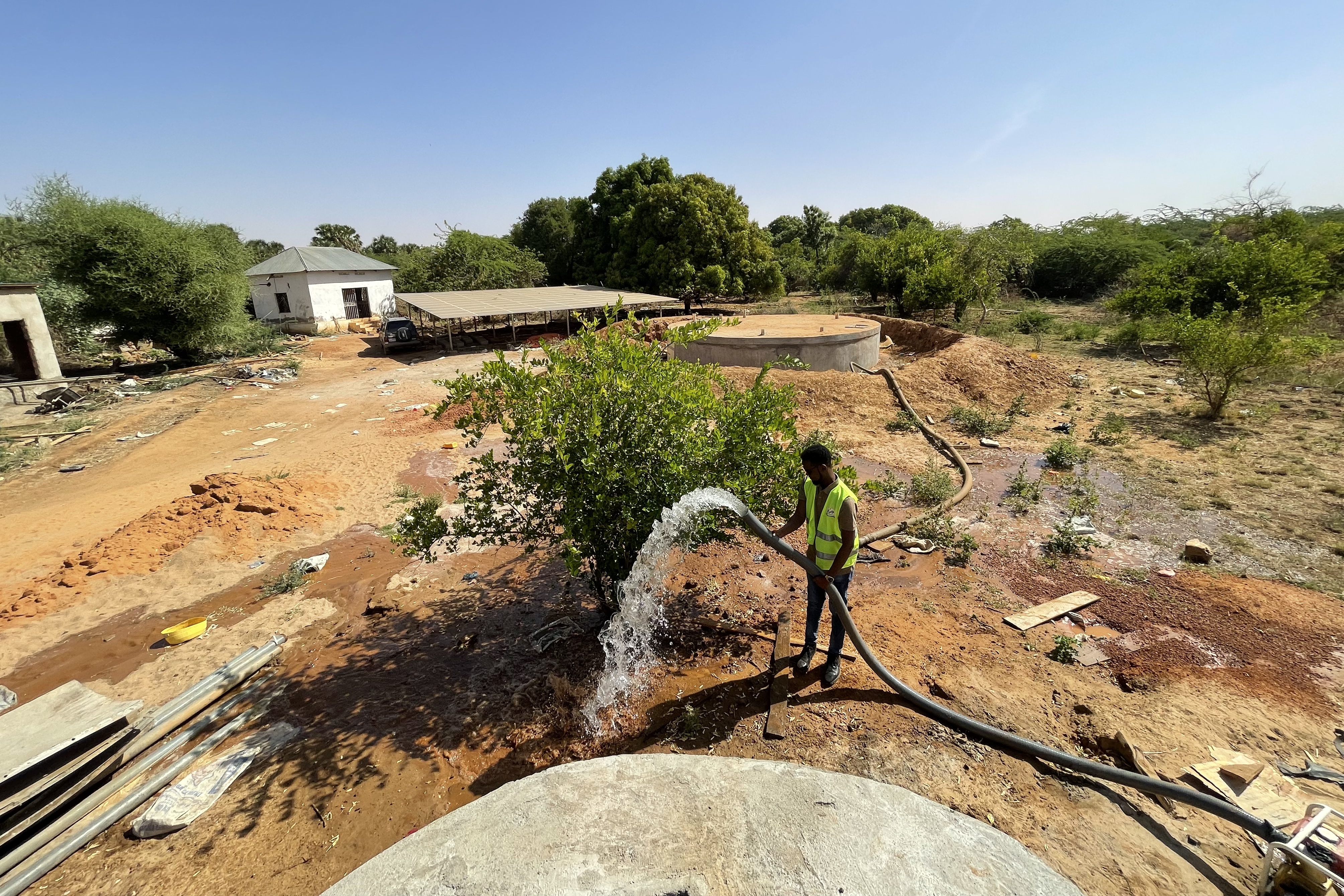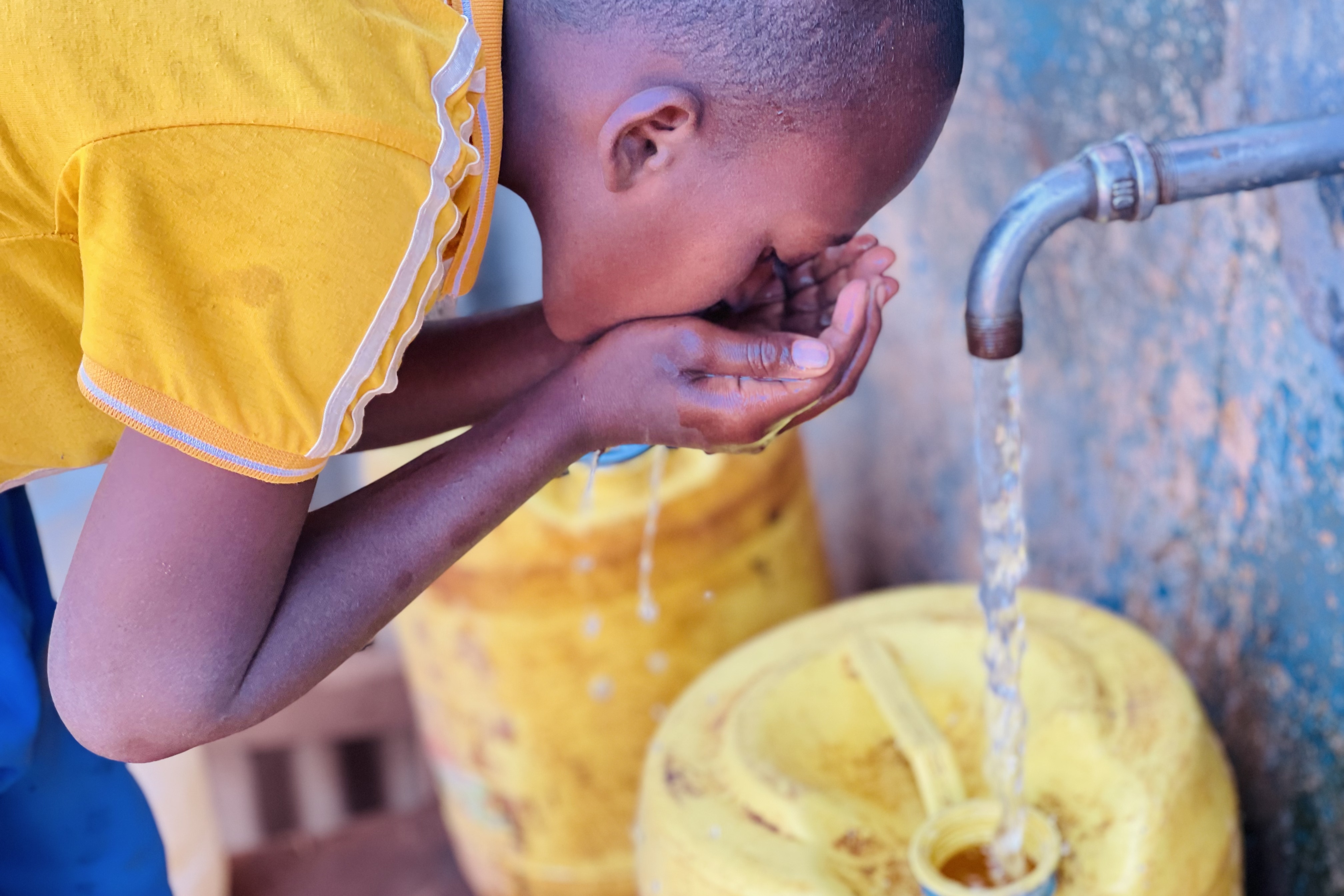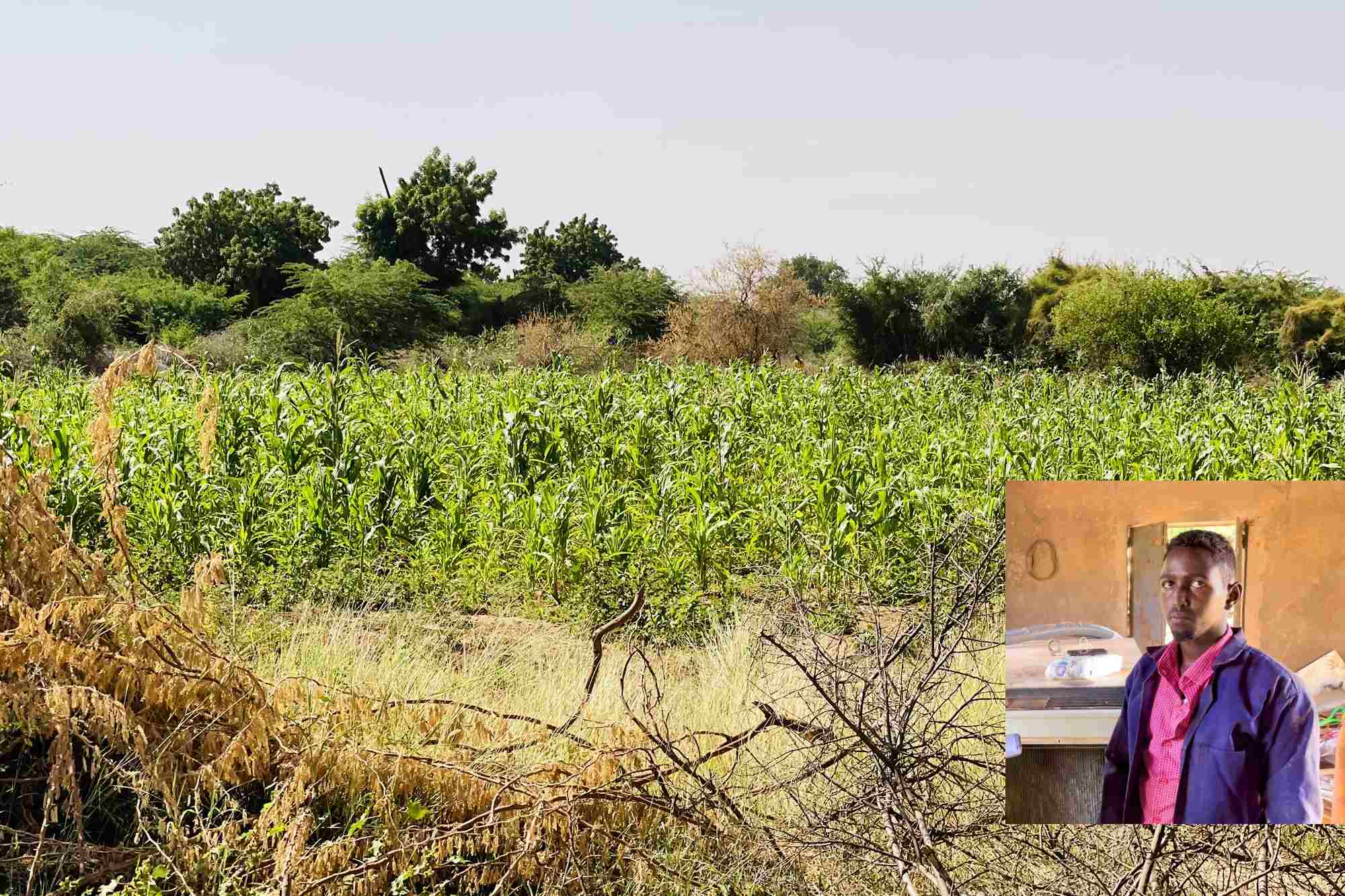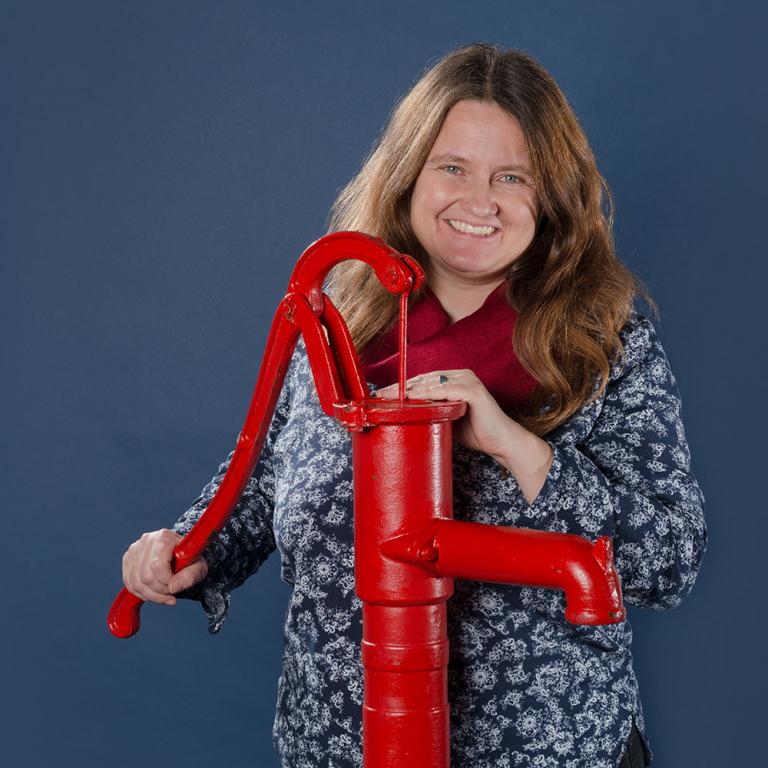
Seit 1993 findet am 22. März der Weltwassertag statt. Warum dies nicht nur für arche noVa wichtig ist, beantwortet Andrea Bindel, arche noVa-Beraterin für globale Nothilfe und WASH, im Interview.
Since 1993, the World Water Day takes place on 22 March. Why this is important not only for arche noVa is answered by Andrea Bindel, arche noVa advisor for global emergency aid and WASH, in an interview.
Why do we need a World Water Day?
For a long time, mankind took water for granted as a natural resource. In the meantime, the consequences of careless handling of this precious resource are becoming apparent all over the world. We are all familiar with the dried-up Aral Sea or the polluted Nile - to name just a few disasters. For us as an aid organisation, access to drinking water is our top priority. This is not guaranteed for more than 844 million people in the world. World Water Day is a good opportunity to draw attention to all this.
What is behind this year's motto "Making the invisible visible"?
It's about our groundwater, which is extremely important for ecosystems. It also provides half of our drinking water and up to 40 percent of the water for agriculture and industry. Yet groundwater usually remains invisible. Out of sight often means out of mind. But we cannot afford that, because the resource is in danger. Climate change and water withdrawals are depleting and polluting groundwater.
arche noVa also helps itself to groundwater. Is that part of the problem?
If you want to secure the basics for a self-determined life in dignity, you cannot avoid building wells in some regions of the world. In Malkariyey, Somalia, for example, arche noVa recently built a well that supplies 9,300 households.
What about the negative consequences of well construction?
However, we are very aware of the negative consequences that this creates. Deep wells that extract fossil water 150 metres or deeper, which can be several million years old and regenerates extremely slowly, are particularly problematic. arche noVa therefore relies on alternative solutions whenever possible. These include water reservoirs that collect precipitation or sand dams that retain water in temporary rivers. Both technologies are locally adapted and can also be used where there are long dry periods with only short rainy seasons.
Is there a positive perspective for groundwater?
Attention is the first step. Regulations to protect the second. For example, licences to build wells must no longer be granted solely for commercial reasons. Large corporations must not be allowed to drain the water of an entire region. But also arche noVa and other aid organisations have to push resource protection more strongly. For example, drilling must not trigger salinisation or pollution of the freshwater lens. At the project sites, moreover, as much water as possible should be kept from the water cycle in the area and the resource should be used sparingly. Measures such as afforestation, terracing of fields or shading of irrigation canals to reduce evaporation are part of this.


